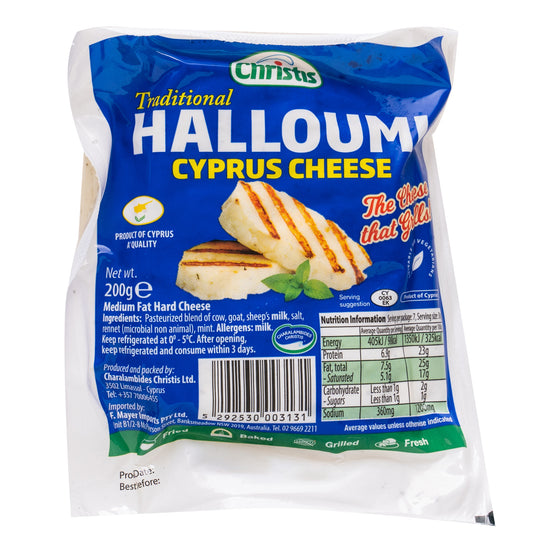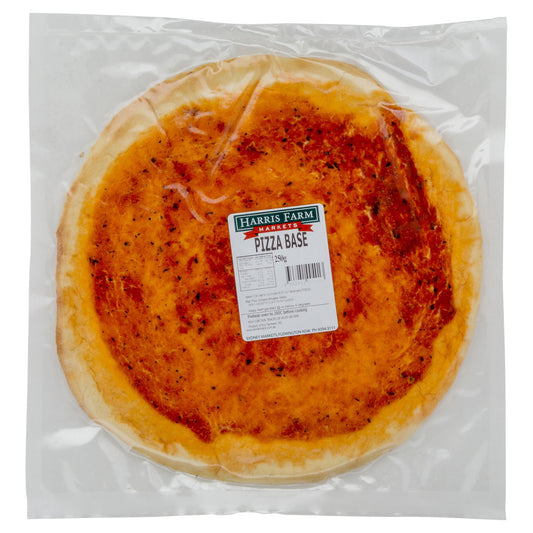Onions can drive you to tears. Not just because of the enzymes released when you cut them (handy hint, use a very sharp knife and you’ll cry less, or chill the onion before chopping). It’s also because their names can be confusing. Just like togs vs swimmers and flip flops and thongs, what they’re called depends on which part of the country you’re standing in. But don’t worry, we’re here to help.
Onions are building blocks of deliciousness. They’re the base of most braises, adding a subtle sweetness that’s the first layer of flavour. They’re terrific quickly pickled in salads, can be show stopping when roasted and if caramelised in a pan they’re the edible equivalent of a hug from your mum. So here’s who's who, plus three great ways to put them to work.
The nitty gritty
Essentially there are two schools of onions: dry and green. Green onions are pulled while young and still have long sprouting shoots attached. Dry onions are left to grow larger in the ground until the tops die down. Dry onion types include brown, white, eschallots, Spanish and smaller pickling onions. Green onions include spring onions, which have a small milder tasting bulb and shallots which are slim the whole way along. Both the white section and the green section of shallots are used in cooking. To make things more confusing, shallots are known as spring onions in different parts of Australia, and scallions elsewhere in the world. Are you following? Let’s break it down a little further.
Get to know the crew

Dry:
Brown: Brown onions have papery golden-brown skin and a mellow sweetness. They are excellent sautéed in a mirepoix or soffritto with celery or carrot, or battered for onion rings and when they are caramelised for a long time they make even a sausage sandwich seem luxurious.
White: White onions are less pungent than brown onions and can generally be used in a similar fashion. White onions can be used raw and are an excellent addition to Mexican salsas like pico de gallo with fresh tomato and coriander, or in summery salsas with diced mango or peach and mint that you can serve with grilled seafood.
Spanish (also called Red): A Spanish onion or red onion may lose some of its colour when cooked. They are delicious roasted in segments drizzled in olive oil with some salt over the top and used in vegetable or grain salads. They can also be quickly pickled by steeping slices in vinegar with some salt. These quick pickles make a zippy addition to salads and work as a counterpoint to rich meats like pulled pork, steak or grilled sausages.
Pickling: These pickling onions are smaller than other dry varieties and yes, can be pickled whole. They can also be roasted whole, or peeled and par boiled, then glazed in a pan with butter as a final addition to classic French stews like coq au vin.
Eschallots (also called Golden or French Shallots): Eschallots are sometimes known as French Shallots or Golden Shallots and are smaller and have a milder flavour than brown onions. They are often called for in French sauces, like a red wine bordelaise sauce for steak, or a mignonette dressing for oysters.

Green:
Spring Onions (also called Salad Onions): Spring onions, or salad onions have a crisp lovely texture which works well in salads when they are very thinly sliced (try using a microplane). They pair nicely with butter lettuce leaves, some slices of avocado and a Dijon vinaigrette. You can also use the slender green shoots, which have a robust taste that stands up well to sticky roast meats and marinades like honey and soy, hoisin and oyster sauce.
Shallots (also called Scallions): Both the green and the white sections of shallots or scallions can be used, you just want to trim the base and remove any damaged outer roots. They are frequently used cut into pinkie finger length strips in stir-fries and in Peking Duck pancakes. Finely diced on a diagonal they make great additions to dumplings, dipping sauces and can be a winning addition to a yoghurt dressing for salads and baked potatoes.
Put them to work
Caramelised Onions: You can caramelise any of the dry onions, but brown or white ones will give the best result. The only trick is to engage your patience. It will take between half an hour and 45 minutes to properly caramelise onions into a jammy muddle of glory and you need to be available to stir them from time to time. (A slower, but more hands-free option is to caramelise them in the oven in a casserole dish with a lid on it 180 C oven for up to 3 hours, or engage a slow cooker for 6-8 hours.) Use your onions on steak sandwiches, cheese toasties or with sausages and mash. If you add stock you’re three-quarters of the way to a bowl of French Onion Soup, or layer them onto flatbreads with crème Fraiche and diced bacon for a take on a German style pizza; ‘flammkuchen’. Recipe for caramelised onions here.

Pickled Onions: Quick pickled onions work best with red/Spanish onions. Sliced thinly and steeped in vinegar and a fat pinch of salt they turn a brilliant shade of fuchsia and add an instant zip and zing to salads and rich cuts of meat. Try them on slow roasted lamb shoulder or pork belly, on tacos, tomato salads or over avocado toast. Recipe for Quick Pickled Onions here.

Roasted Onions: Roasting onions is an excellent way to concentrate the flavour of any dried onion. You can either roast them whole if they are small or in segments. Use them in salads, or add them at the end to braises like coq au vin or Beef Bourguignon for an extra pop of sweetness. Recipe for Balsamic Roasted Onions here.























